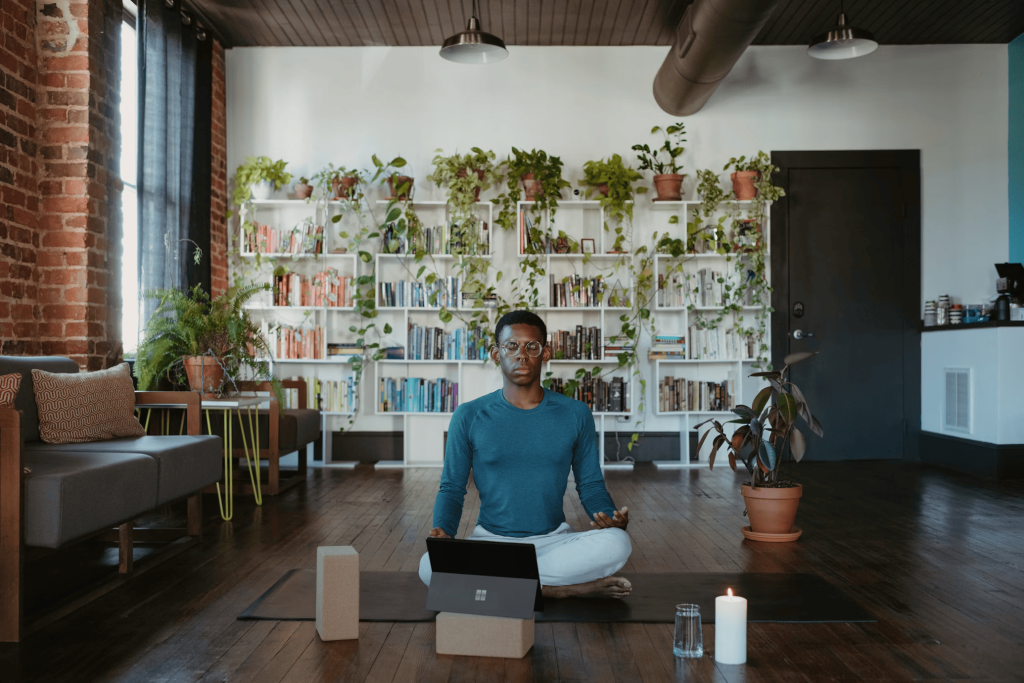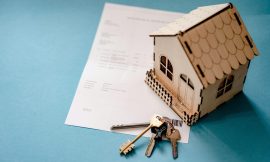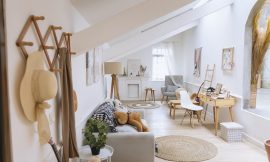Home design is constantly evolving, driven by changes in market preferences and new buyer needs. At Rightplace, we understand the importance of staying updated with these trends to offer solutions that meet the current demands of the real estate market. This article will explore how these trends are transforming home construction and design to align with market expectations.
1. The Role of Home Design in Current Trends
Home design has evolved from being just an aesthetic aspect to a fundamental factor in meeting the needs of the modern buyer. Today, design focuses not only on beauty but also on functionality and sustainability. The demand for homes with energy efficiency, sustainable materials, and smart technology has grown significantly. This shift is partly due to buyers’ interest in reducing their environmental footprint and living in healthier environments.
Multifunctional spaces are also gaining popularity. Interior design aims to integrate different uses within the same room, which is crucial in urban homes with limited space. Open-plan kitchens that connect to the living room and work-from-home areas illustrate how home design is adapting to these new needs.
2. Trends in the Real Estate Market
The real estate market has experienced significant changes in recent years, driven by the need to adapt to new circumstances such as the pandemic and the rise of remote work. Some key trends in the real estate market include:
- Sustainability and energy efficiency: More and more buyers are seeking homes that use renewable energy and eco-friendly materials. Energy efficiency not only reduces environmental impact but also offers long-term economic savings for homeowners.
- Smart homes: Technology plays a crucial role in modernizing homes. Home automation systems that control lighting, security, and temperature are increasingly in demand. To learn more about how technology is revolutionizing the real estate sector, check out our article on How Real Estate Technology Is Revolutionizing the Industry.
- Outdoor spaces: The pandemic has increased the value of outdoor spaces like gardens, terraces, and balconies. Buyers are looking for homes that offer access to outdoor areas where they can enjoy nature without leaving home.
3. Buyer Expectations in the Real Estate Market
Buyer expectations in the real estate market have evolved, and buyers are becoming more demanding regarding the features they expect in a home. Key expectations include:
- Flexibility and adaptability: Buyers are looking for spaces that can adapt to various uses, such as working from home or having a personal gym. Designing homes with multifunctional areas is essential to meet these expectations.
- Indoor air quality and wellness: The pandemic has heightened concerns about health, leading to increased demand for homes with improved ventilation systems and healthy building materials.
- Connectivity and technology: Buyers value high-speed internet connectivity and the integration of smart devices that make daily life easier.

4. Innovations in Home Construction
Home construction has seen a range of innovations that respond to current trends and improve building quality. Some of the most relevant innovations include:
- 3D printing and prefabrication: These technologies enable faster construction with less waste. 3D printing is used to create building structures, while modular construction allows for the prefabrication of components in factories.
- Sustainable materials: The use of recycled or low-impact materials, such as certified wood and natural insulation, is gaining ground in home construction.
- Advanced energy efficiency: Passive houses, which minimize energy consumption through insulation and ventilation techniques, are on the rise in sustainable home design.
For more insights on architectural design innovations and sustainable construction, visit ArchDaily.
5. The Future of Home Design: Where the Market Is Heading
The future of home design appears to be moving towards a more personalized and technological approach. The homes of the future will be more sustainable, connected, and adaptable to lifestyle changes. Trends indicate that buyers will continue to demand homes that combine aesthetics, functionality, and sustainability.
Conclusion
Home design is evolving to meet the changing needs and expectations of buyers. Trends in the real estate market, such as sustainability, technology, and flexible spaces, are shaping how homes are built and designed. At Rightplace, we are committed to providing solutions that align with these trends and meet the needs of the current market. For more information and to explore our services, visit our website and find out how we can help you.


